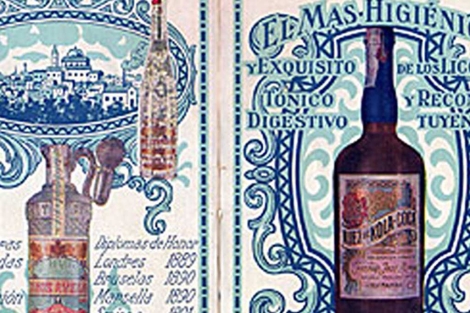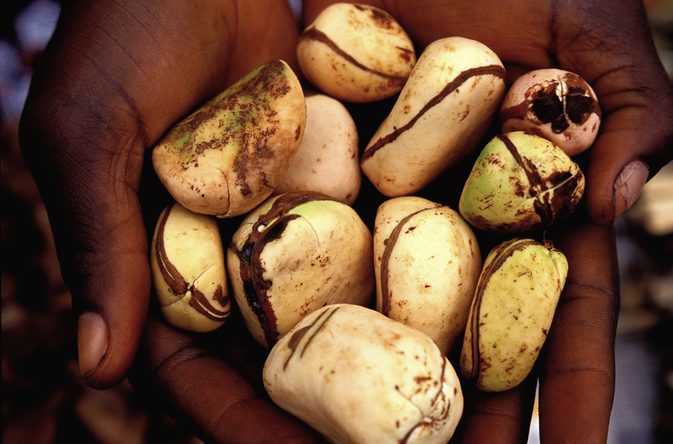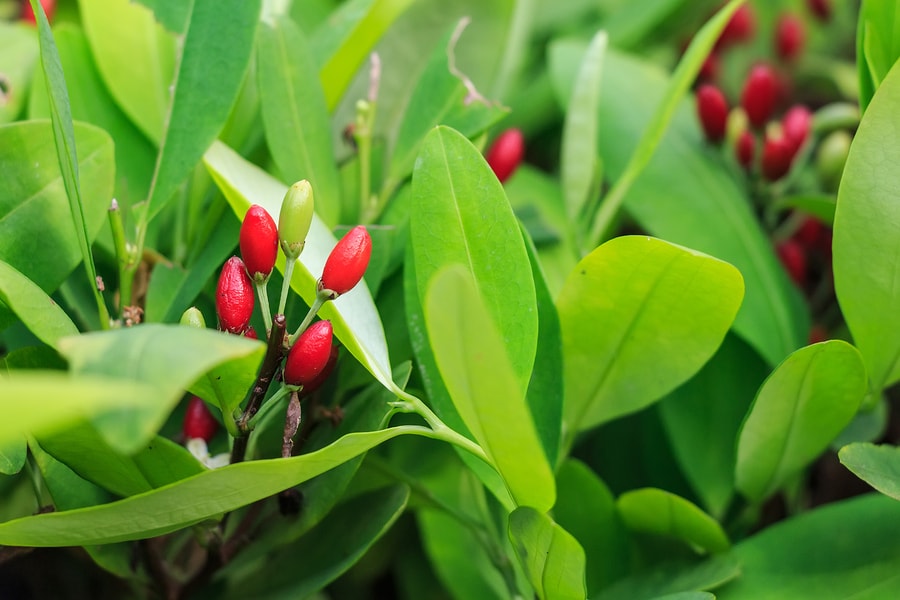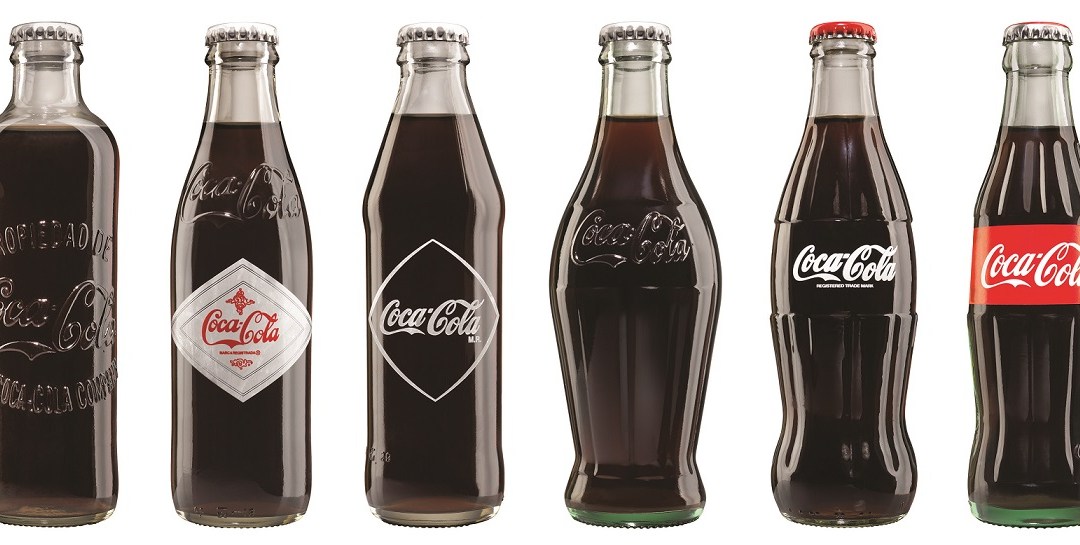Locals believe that the Spanish town of Aielo de Malferit is where Coca-Cola originated -- and that the factory which developed the formula that inspired the world's best-selling soda has been cheated of its rightful place in history. Not to mention profits.

It's allegedly the birthplace of the world's best-known soft drink. Grey-haired and bespectacled, Juan Micó - in his seventies - still runs a liquor factory and produces a brown liquid with a secret - Grated kola nut and multiple herbs blended with alcohol mature in a clay jug for a month then Juan claims, what happens next is a secret...

A very well-kept one. Supposedly, the recipe for his liquor -- now called Nuez de Kola Coca -- is the basis for Coca-Cola. The syrup is extremely sweet -- sugar beet molasses are bland in comparison and Juan suggests that it's better to mix it with water rather than to drink it pure or even with milk as is prefered by the ladies of the village. It is also common locally to add it to coffee.
 The first version of Nuez de Kola Coca was invented more than 120 years ago by the founders of Micó's factory. Even today, people come from far and wide to sample it -- sometimes, entire coachloads of visitors.
The first version of Nuez de Kola Coca was invented more than 120 years ago by the founders of Micó's factory. Even today, people come from far and wide to sample it -- sometimes, entire coachloads of visitors.
The history of Aielo's Fábrica de Licores dates back to 1880. The factory was founded by Bautista Aparici, Ricardo Sanz and Enrique Ortiz. The three entrepreneurs began manufacturing quality products -- including liquors with such imaginative names as Perfecto Amor (Perfect Love), Lágrimas de Contribuyente (Tears of the Taxpayer) and Placer de Damas (Ladies' Pleasure).


Kola Nut Coca Leaves
Aparici, who was in charge of sales, was soon travelling from the Spanish province to trade fairs in Rome, Paris, London and Chicago. In 1885 he went to Philadelphia with a new beverage in his luggage. Called Kola Coca, it was made from the caffeine-rich fruit of African kola nut trees and the leaves of Peruvian coca plants, and promptly scooped an innovation prize. Before he left, Aparici gave some American sales representatives a few samples. Perhaps it was coincidence, perhaps it wasn't -- but just one year later, US pharmacist John Pemberton made history when he invented Coca-Cola. I'll let you be the judge of that...


Back in Aielo, Micó is proud of his framed collection of medals and honours. Kola Coca won the company awards in Milan in 1881, in Chicago in 1883, in Philadelphia in 1885, in London in 1889 and in Paris in 1900. They were certainly onto something big...
A total of 20 gold medals and 10 honorary diplomas were won by their Kola Coca drink. He believes wholeheartedly that the basis of Coca-Cola was invented in Aielo de Malferit. He claims it was easy to copy a beverage in those days because patents were only registered if a product proved successful. His predecessors only patented the Nuez de Kola Coca formula in Spain in 1903. But by then, Coca-Cola was already well on its way to iconic status in the US.
Half a century later, the two companies finally crossed paths. When Coca-Cola decided it was time to move into the Spanish market, there was no way of avoiding the small factory in Aielo de Malferit. In 1953, Coca Cola executives visited provincial Spain and acquired the rights to the name from Joaquin Juan Sanchis, who was then the owner of the factory.
It was allowed to go on producing Kola Coca, but only an alcoholic version. Nuez de Kola Coca has been a liquor ever since. The deal is believed to have been worth 1700 euros , but no one knows for sure, since records have been destroyed. It was definitely a lot of money for those days.
But it was only a fraction of what it could have been. In 2011, Coca-Cola celebrated its 125th anniversary as one of the world's best-known brands.
As things stand, his business now consists of little more than an old factory with a peeling facade, a worn stone floor and a few dozen wooden barrels. The business changed hands many times before Micó bought it in 1971. He had worked there for eight years, starting out as an employee and advancing through the ranks to become the sales manager. In those days, the company numbered nearly 40 employees. Today, only four are left.
Juan remarks that the business has become difficult now that overseas companies have cornered the market. Most traditional businesses have closed down and these days his company is mainly a wholesaler.
Micó also works as a farmer so he can make ends meet. Recently, his company also took over sales for a major Spanish brewery. The liquor factory is basically just a hobby these days for Juan but he wants to keep the tradition alive, so it doesn't get lost forever, but they can no longer invest in it so the factory will eventually die a death.
The village of Aielo has been campaigning for permission from Coca-Cola to allow it to market the village as the origin of the drink and gain its rightful place in history. Somehow I can't see that happening...